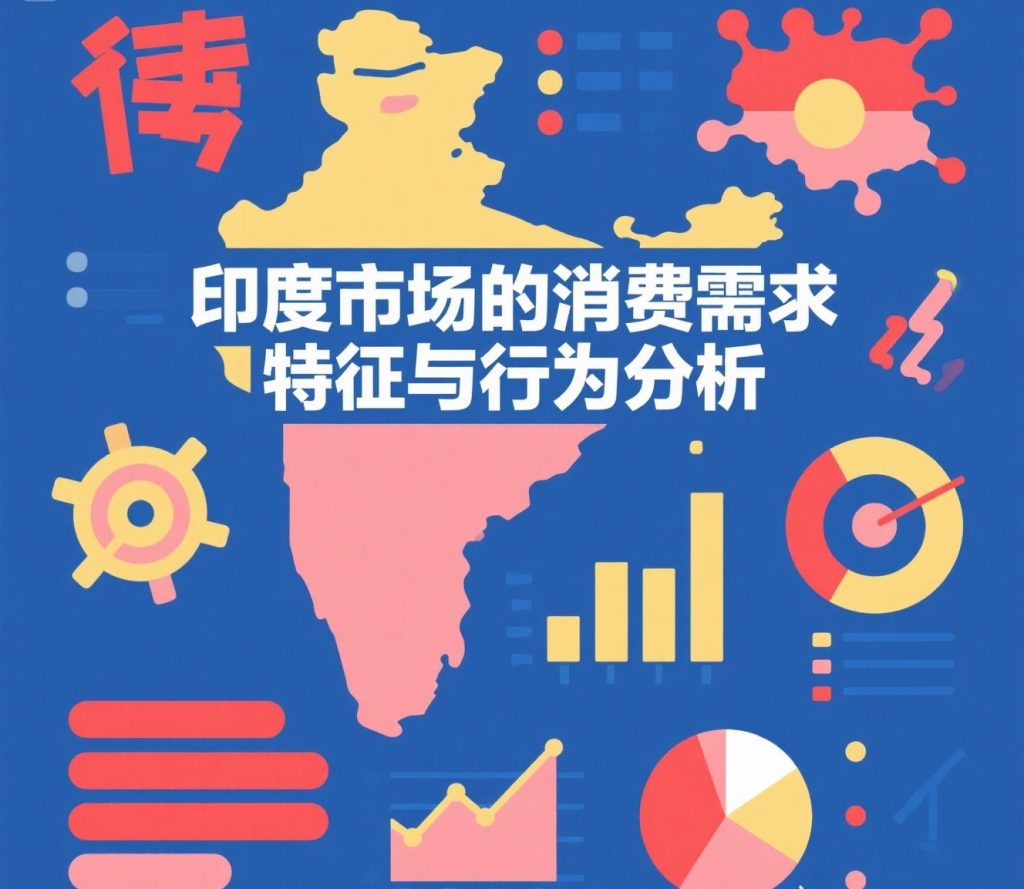The demand of Indian luggage consumers shows distinct diversification and stratification characteristics. Consumers of different income levels, age groups and regions show differentiated purchasing preferences and behavior patterns. A deep understanding of these demand characteristics is crucial for the precise positioning and product development of luggage brands in the Indian market.
Price sensitivity and brand awareness coexist as a prominent feature of Indian luggage consumers. On the one hand, price remains a key factor in the purchasing decisions of most Indian consumers, especially in the mass market. According to market data, among the top 10 luggage brands in India in 2024, Safari, which is positioned in the mass market, ranks first with a market share of 7.2%, with retail sales of US$323 million, followed by American Tourister (6.6% share, US$294 million) and Samsonite (3.4% share, US$152 million)7. These brands cover the needs from economy to mid-to-high-end through products in different price ranges. On the other hand, as income levels rise, some consumers, especially young urban groups, have a stronger sense of brand value and are willing to pay a premium for well-known brands and high-quality products. This duality makes the Indian market both fiercely competitive in price and provides room for brand differentiation.
In terms of category preferences, travel bags, daily backpacks and fashion handbags constitute the three main categories in the Indian market. The tourism boom has directly driven the rapid growth of demand for travel bags. Data shows that during the summer tourist season in 2025, the order volume of trolley bags increased nearly five times compared with the beginning of the year, and the demand for backpacks doubled1. This phenomenon is highly consistent with the trend of upgrading tourism consumption among the Indian middle class. In daily use scenarios, students and young professionals prefer functional backpacks, while urban women pay more attention to handbags and fashionable bags that match their clothes. It is worth noting that multifunctional luggage products are becoming increasingly popular, such as business travel dual-purpose bags, backpacks with expandable capacity, etc., reflecting consumers’ pursuit of practicality and flexibility.
Significant seasonal fluctuations are another feature of the Indian luggage market. The summer tourist season (March to April) is the golden period for luggage sales, and luggage sales during this period can reach 2-5 times that of the beginning of the year1. Holidays and wedding seasons are also peak periods for luggage purchases, with many consumers updating their suitcases and accessories during this period. In response to this seasonality, successful luggage brands often plan marketing activities and inventory strategies in advance to seize the sales window.
The purchasing motivations of Indian consumers are extending from simple functional needs to emotional values and social expression. Luggage is no longer just a tool for loading items, but a symbol of personal style and social status. This shift is particularly evident among the younger generation of consumers, who are more inclined to choose products with unique designs that reflect their personality. Market research shows that Indian Generation Z consumers place “appearance design” and “brand tone” on an equal footing with “durability” when buying luggage3. This change has spawned a group of local DTC brands that focus on design and brand narrative, such as Mokobara and Uppercase, which have won the favor of young urban consumers through aesthetic design and cost-effective products.
;
